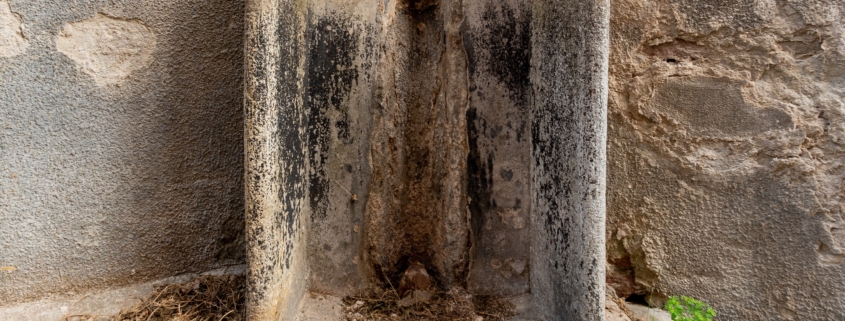Urinal hygiene and why it is so important
The urinal as we know it today has an interesting development history behind it. Predecessors to the urinal already existed in ancient cultures. In Roman baths, for example, stone benches with holes for draining urine were used. Urinals were introduced in public spaces such as railway stations and factories to meet the needs of the growing population. In the late 19th and early 20th centuries, initial approaches for waterless urinals were developed. These used chemicals or other substances to reduce odours and minimise deposits. Throughout the 20th century, technology evolved to create water and energy-efficient urinals. Water flushing systems were improved, and virtually waterless urinals were developed based on special drainage mechanisms. Some models integrate sustainable concepts such as greywater utilisation or the conversion of urine into fertiliser.
Nowadays, sustainability, water conservation and innovative materials play an important role in the design of modern urinals. There are a variety of urinal products on the market that serve to improve the hygiene, cleanliness and functionality of urinals. Some common types of urinal products are:
- Urinal blocks or tablets: These products are placed in the urinal basin and gradually dissolve whilst releasing cleaning agents, disinfectants and odour-neutralising substances. They help reduce odours and prevent deposits. There are also environmentally friendly yet very effective alternatives such as our Uritabs.
- Urinal sieves: To catch larger waste and deposits and prevent blockages, sieves can be placed in the urinal drain.
- Urinal screens: Urinal screens are flat plastic inserts for urinals which improve hygiene, prevent blockages and minimise splashing. They are often scent-infused, reduce odours and contribute to cleanliness.
- Urinal mats: Antibacterial, odour-neutralising and non-slip floor mats to prevent urine contamination beneath urinals and toilet bowls.
- Fragrance dispensers: These products continuously release pleasant fragrances to mask unpleasant odours and maintain a fresh environment.
- Enzyme cleaners: Enzyme-based products can help break down deposits and dirt in the drain and prevent blockages.
Before purchasing urinal products, however, it is important to read the product descriptions and instructions carefully to ensure they are suitable for your specific requirements and urinal model. Additionally, you should take care to choose environmentally friendly products that are safe and effective.
But why is urinal hygiene so important?
Urinal hygiene is of great importance, both from a health and social perspective: Neglected urinals can lead to foul odours that are not only unpleasant but can also affect indoor air quality. Appropriate urinal hygiene helps prevent such odours and maintain a pleasant environment. Clean and well-maintained sanitary facilities, including urinals, are a sign of respect and consideration towards other people who use the same facilities. Inadequate hygiene can lead to a negative social impression and cause discomfort or annoyance amongst fellow users.
Overall, urinal hygiene is very important to protect users’ health, uphold social norms and etiquette, create pleasant environments and minimise environmental impacts.



